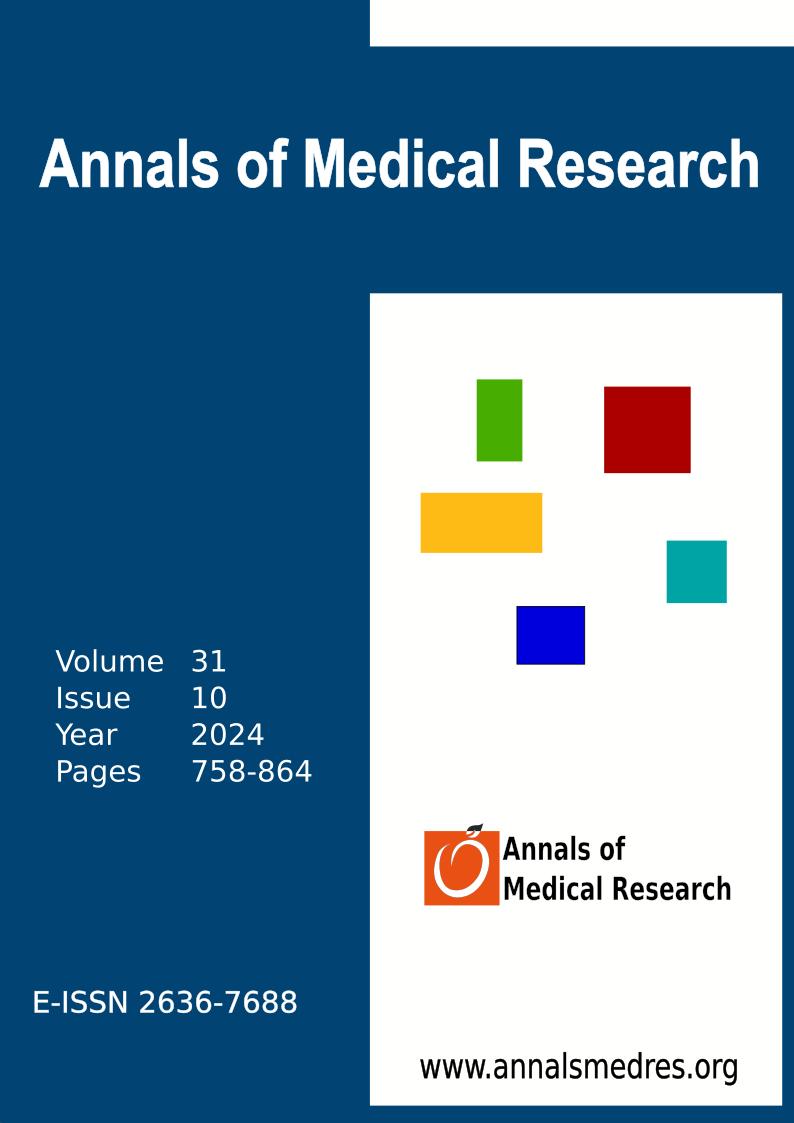Investigation of melatonin receptors gene expression levels in the hippocampus and hypothalamus in rats with an experimental morphine dependence model
Keywords:
Hippocampus, Hypothalamus, Melatonin receptors, Morphine addiction, Naloxone, WithdrawalAbstract
Aim: Morphine is one of the important opioids used in chronic and acute pain management. However, it has many side effects, including the development of addiction, which seriously limits its use. Melatonin shows its physiological effects through melatonin receptor 1 (MT1), melatonin receptor 2 (MT2) and heterodimer receptors (MT1/MT2). No study has examined the presence of MT1/MT2 mRNA in the hypothalamus and hippocampus and its relationship with the addiction process. The aim of this study was to investigate the gene expression levels of MT1, MT2 and MT1/MT2 in rat hippocampus and hypothalamus during morphine addiction and morphine withdrawal.
Materials and Methods: A total of 36 male Wistar rats were divided into 3 groups (n=12). Control (C) group received saline subcutaneously for 6 days. Morphine (M) and morphine+naloxone (M+N) groups received 10 mg/kg/day morphine subcutaneously for 6 days. On the seventh day, saline was injected intraperitoneally into C and M groups and 1 mg/kg naloxone was injected intraperitoneally into M+N group. 30 minutes later, hippocampus and hypothalamus tissues of rats were dissected. Melatonin receptor genes expression level were analysed by quantitative qPCR.
Results: Both MT1 and MT1/MT2 gene expression levels in the hypothalamus were higher in the M+N group than in the C group (p<0.05). There was no difference between the expression levels of MT2 receptors in the hypothalamus (p>0.05). There was no difference in MT1, MT2 and MT1/MT2 gene expression in the hippocampus (p>0.05).
Conclusion: This is the first study to show the presence of MT1/MT2 in the hypothalamus and hippocampus, and it is possible that MT1 and MT1/MT2 receptors, especially in the hypothalamus, play a role in the addiction process.
Downloads
Published
Issue
Section
License
Copyright (c) 2024 Annals of Medical Research

This work is licensed under a Creative Commons Attribution-NonCommercial-NoDerivatives 4.0 International License.
CC Attribution-NonCommercial-NoDerivatives 4.0






